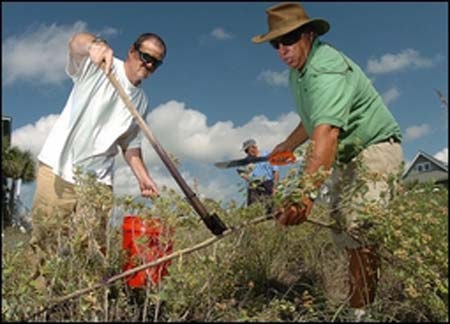Hawaiʻi is the most isolated landmass on the planet. Because of this, plants and animals that arrived here millions of…
Read More
native hawaiian plants
Plants Out of Place-Native to Hawaii but Invasive Somewhere Else
The native Hawaiian ecosystem is often described as fragile and prone to invasion, so it may come as a surprise…
Read More
Make National Invasive Species Week Last All Year
National Invasive Species Week is February 26 to March 3 of 2012. While it’s great to pay attention for the…
Read More


